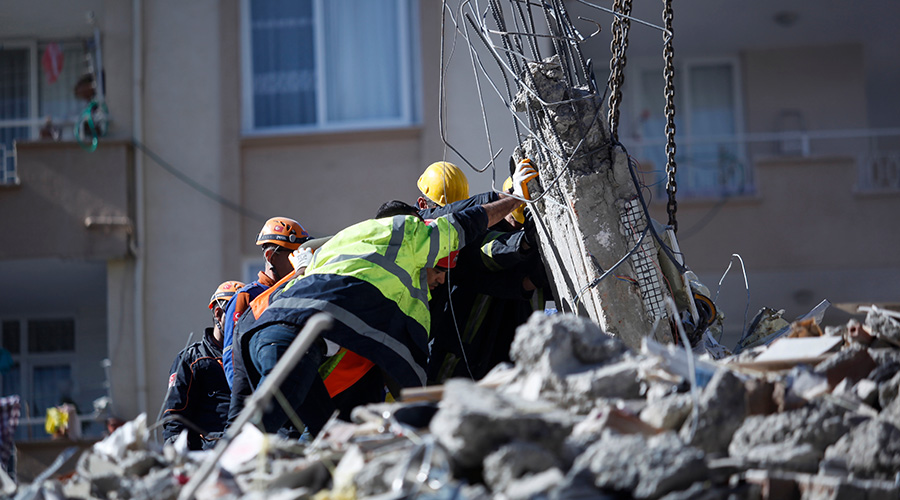Sustainability, Flexibility Help Metal Buildings Grow In Popularity
A building with a premade metal frame can be a quick solution to a space problem, but it also can be a permanent and attractive solution. The sustainability and flexibility of metal buildings are also reasons to consider metal.
"There are so many inherent reasons why metal is faster," says Chuck Praeger, assistant general manager of the Metal Building Manufacturers Association (MBMA). During the recession, he says, metal buildings gained market share in the construction industry, not only because of speed but "sustainability, and the flexibility of being able to build exactly what the owner wants."
When a client lays out specifications, a metal frame that is manufactured at a factory and bolted together onsite can offer much more predictable construction costs than other materials can; hence, site work can proceed at the same time as fabrication, with no worries about rebidding the construction. Construction time can be reduced by up to a third, Praeger says, if the facility manager, builder, and manufacturer work to sequence the arriving components properly.
A metal-framed building offers clients the advantage of one system designed to fit and work together, says Jeff Carmean, MBMA president. Manufacturers "look at the function of the entire package and engineer it to meet that function." The process "allows us to very efficiently provide buildings from concept to delivery on the ground." Unlike conventional steel construction, he says, a premade frame uses only the amount of steel necessary to safely support the building — another reason why the technique is more affordable.
Flexibility, Inside And Out
Metal systems are well suited to design-build construction, says Carmean. "There are unlimited opportunities to suit the owner. That's the whole point, to produce a building designed for that use.' Such construction is also cheaper than a building designed without a specific purpose, he says.
On an integrated building system, expansion is simple, too; Praeger says, "The owner can say, 'I want to unbolt certain parts of the building and add to it.'"
The technique allows clients great flexibility in dividing their interior space. It is often used for warehouses, manufacturing, and other buildings that need open interiors without columns; however, Praeger says, "If you need a 50-foot clear interior, if you need to accommodate a 100-ton crane, if you want it cut up into leasable space, (metal frames) can do any and all of that." The members of his association produce building systems that are integrated into metal roofs, but can also have masonry or glass exteriors. From the outside, "you're not going to know that it's a metal building system. It's camouflaged."
Carmean says that with the latest technology, the exterior of a metal-frame building can have any appearance the owner wants. "It's not limited at all because of the system," he says. "There's a whole menu of opportunities to dress it from the outside. It's no different than any other form of construction." Even if the exterior panels are steel, the look and performance are nothing like past generations: "It's similar to how coatings on cars have improved."
Related Topics:













